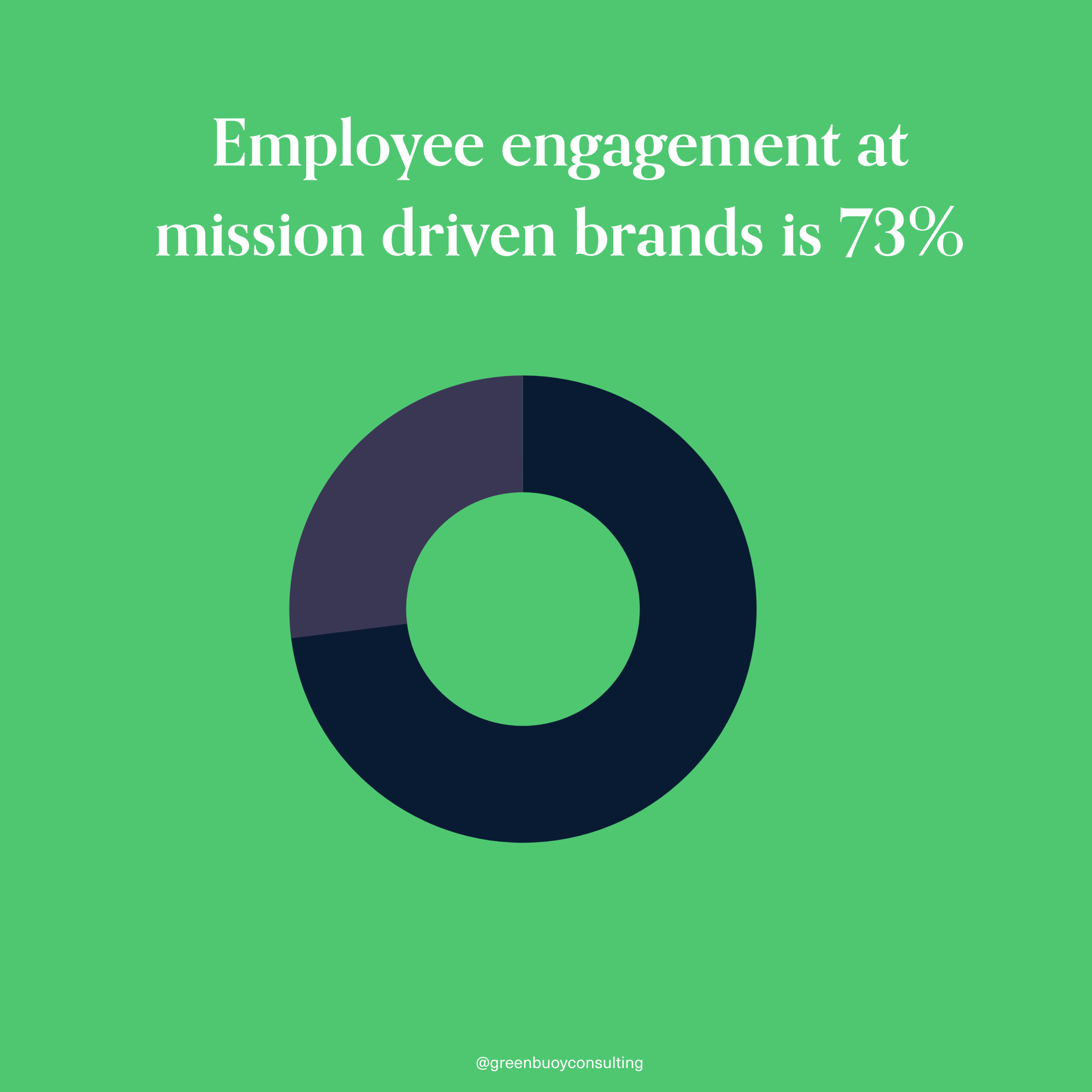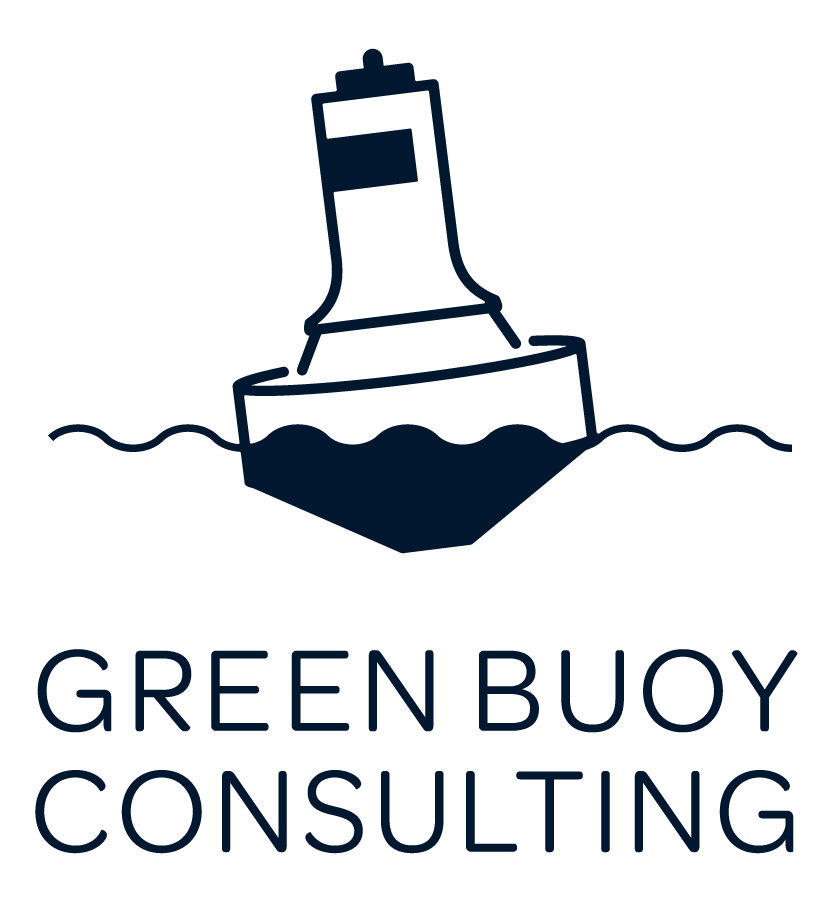Get the Secret to Outstanding Employee Engagement
Employee engagement is one of those areas that's never "done." It's relentless and an ongoing task for founders and HR teams. So what can companies do to help increase employee engagement? What's a strategy that aligns with current employee engagement tools and increases engagement? A sustainability strategy.
Employee engagement is all about reducing turnover and keeping employees happy and healthy, right? Sounds easy enough. Well, I've got some statistics for you:
Employee engagement reached an all-time high in 2019, according to Gallup! Let's guess what that all-time high was, shall we? It's 35%. 35% of employees reported feeling “engaged” at work.
52% of employees categorize themselves as "not engaged."
What do engaged employees do, according to Gallup? Well, engaged employees do the following:
Produce better outcomes
Stay at their companies longer
Treat customers better and attract new ones
You’re in the minority if your workforce is engaged. And missing out on benefits if they’re not engaged. So how do we get employees engaged? And how does sustainability play a role in that?
A sustainability strategy can be a crucial difference in keeping employees excited at work and is a point of differentiation among competitors. By looking at common engagement strategies, we can see how a sustainability strategy fulfills common recommendations for engagement, including using education, purpose-driven brands, millennial statistics and goal setting. We'll also look at examples of sustainability programs driving employee engagement on their own.
Purpose Driven Brand Employees are Engaged
One tool of employee engagement is getting employees excited and motivated by your brand. Your brand often includes your purpose, values, your being. Purpose driven brands often have more engaged employees.
Purpose and mission-driven brands are usually curious or are taking steps toward sustainability. Because they have a defined purpose outside of profit, mission-focused brands are ripe for a sustainability strategy. Triple bottom line focused companies are purpose-driven brands.
Related: How to Improve “People” In Your Triple Bottom Line
As a purpose-driven brand, you must have a "why" and make it real for employees. A Northwestern study recommended that engagement actions like volunteer days, putting profit secondary to other metrics, demonstrating beliefs through actions and promoting transparency as numerous ways to make employees feel the purpose of the brand. An employee that feels the purpose of the company and their connection to it is much more likely to feel engaged.
Management and employees' view of purpose can often be different. A company founder might have a detailed illustration of the perceived mission, but purpose isn't working the way you want it unless each employee understands their role. A simple employee survey can help solve this problem and help you determine if you need to share purpose on a more regular basis or make sure employees understand how their role impacts the company's purpose.

Learning as Engagement
Multiple studies encourage new skills or education to keep employees excited at work. Think about giving employees new projects, tasks or other education offerings. It usually makes a big difference in engagement.
Creating a sustainability strategy is a great way to get employees learning and educated on new items. When employees and their teams are involved in a sustainability strategy, they're re-examining the "business as usual" and developing a new way of monitoring or managing based on a sustainable task.
For example, a team tasked with source reduction is learning how to reuse resources, find new methods of putting something together and keeping under a certain amount of product.
Millennial Employees
We've got to talk about millennials. There are as many statistics about millennials as there are millennials (right?). But there are a few statistics about millennials and employee engagement that are crucial.
Millennials will be 75% of the workforce by 2025.
40% of millennial employees will take one job over another because of an employer's sustainability strategy.
70% of millennials consider sustainability when deciding to stay at a company long-term.

This reasoning is relatively straightforward. If you're not thinking about sustainability now, by 2025, you're going to be behind. And if you're unclear, it's worth checking to see what your millennial workforce percentage is right now. And then check non-management millennial numbers. If you consider these employees the future of your company (and why did you hire them if you don't think that?), it's worth keeping them engaged.
Check out our other blogs
Common Goals & Employee Engagement
Working toward common goals is a useful employee engagement tool. This tool is usually so embedded in an organization; it doesn't fit into the "engagement" category. Many companies focus on a common goal to help employees thrive at work.
Goals can often seem silo-ed and at larger companies, it can be hard to determine how each employee fits into a final goal. For instance, a sales goal or a revenue goal can often feel more impactful to one team over another.
Sustainability touches each part of the company. It is a goal that everyone can get on board with because each person should play a role in reaching a company's sustainability goal. Look at the current goals your company has and see if there's room for some sustainability goals.
Employee Engagement and Corporate Responsibility
Many employee engagement tools lend themselves to sustainability programs, but higher employee engagement has also been linked directly to sustainability programs.
Like the purpose rationale above, there are numerous studies and information available on employee engagement and responsible companies, employee volunteerism and companies that "make a difference."

On employees volunteering at work, 71% think it's "very important" or "imperative" to work at a company where company culture supports giving and volunteering. One Deloitte survey found that in companies with employee volunteer programs, employees were more likely to rate culture as positive, be very proud to work for the company, be more loyal to the company, and be more likely to be very satisfied with their careers.
A study found that corporate responsibility practices could reduce staff turnover by 50%. This means a retained employee saves the company between 90-200% of their salary.
Many employees connect with an employer's sustainability programs because it aligns with their values. For employee engagement, employees that match their values with the company's feel more empowered to bring more of themselves to work, which means they are more engaged at the office.
Related: How to Get Employees to Complete Sustainability Initiatives
The Reinforcing Power of Employee Engagement and Sustainability
Employee engagement and sustainability are both means to the same end- profitable companies, happy employees, environmental benefits and improved happiness. They can often feel like reinforcing ideas or two sides of the same coin.
Examine how strong employee engagement and a sustainability strategy correlate. A sustainability program gets millennials excited at work and keeps them engaged in a new project, the sustainability program thrives, attracting new employees, who then successfully impact the business.
Related: How to Turn Employee Engagement from Zero to Hero
Conclusion
So with the state of employee engagement, smart companies are looking at efficient strategies. Founders should consider opportunities for increased employee engagement tied to sustainability.
Are you interested in creating a sustainability strategy to boost employee engagement? Check out our consulting services.













